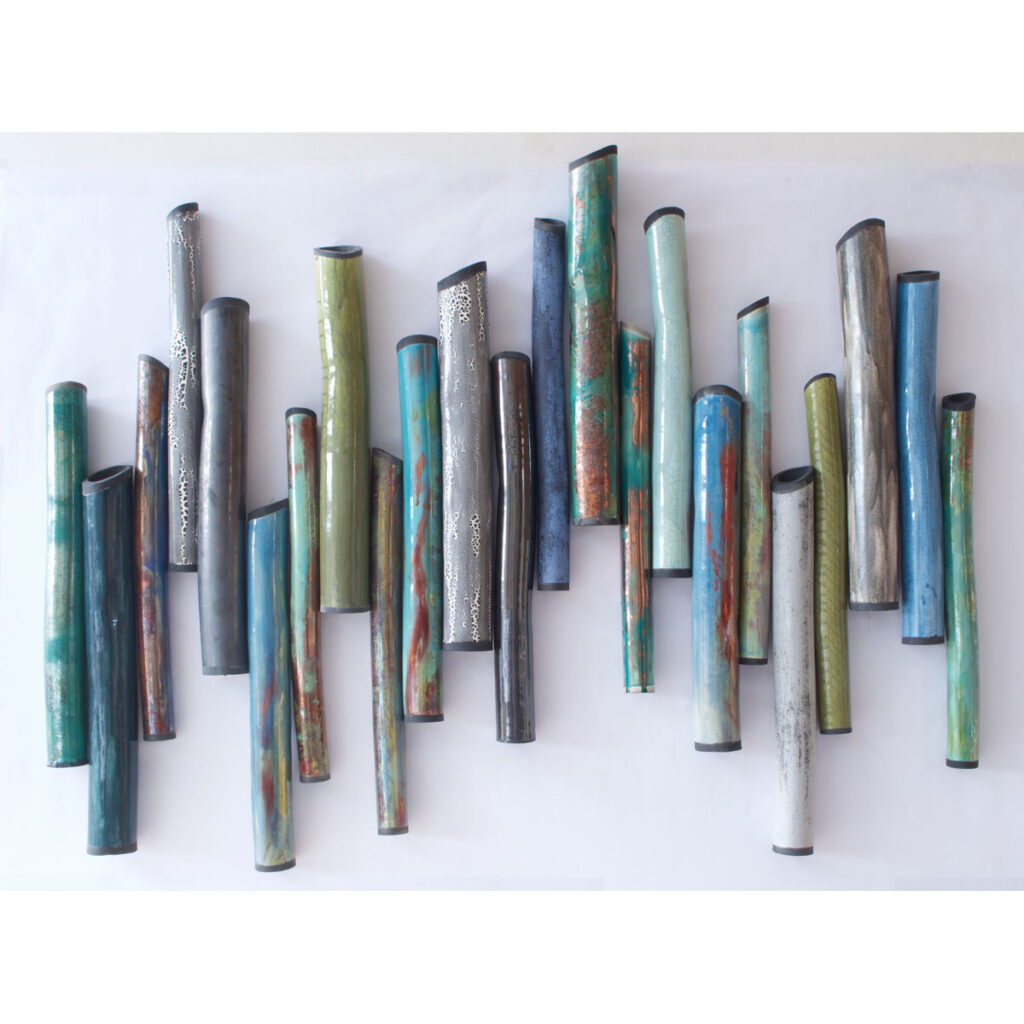
What is Raku?
In Japanese, Raku literally means pleasure and comes from the use of the character for this word on a seal given to the family of the potter who introduced the style.
Raku is a firing technique originating in Japan in the 1500’s. The clay is removed from the kiln when glowing hot and placed in a container of combustable materials such as newspaper or sawdust. When these materials ignite an intense reduction atmosphere is created which affects the glazes and the clay itself. The drastic thermal shock also produces crackling which adds the the beauty and mystery of the piece.

Raku’s history can be traced to the early 1550’s and specifically appealed to the Zen Buddhist Masters for use in their ceremonial teaware, the organic process being in harmony with their philosophies.
Raku firing really is one of the most natural techniques that you can encounter in pottery. In raku firing, all of nature’s elements are used, earth, fire, air, and water.

“Clay is my material. When I was studying at SAIC, I spent the majority of time in sculpture and loved ceramics and metal work. Raku was a bridge for me, I could work with clay and play with fire…perfect! Simple forms and complicated glazes, that’s my thing. In the first ten years of my career I began to create my signature glaze, a gold leaf texture with crackle and a hint of color to remind me of the fine antique ceramic pieces that my grandmother used to collect. It’s my fave glaze and over the past couple of decades it’s revealed all of it’s personalities to me, so a fire with Golden Bronze is like Christmas Day every time!
Raku: the collective performance and what I adore! I’ve made the form, bisque fired the form, glazed it using a specific application and then approach the Raku – temperature has to be spot on, holding times accurate and then the speed necessary to unload the forms from the kiln and reduce in the applicable reduction. The finale is the smoke, the carbon brush that paints every form in the Raku.“
Dawn Renee